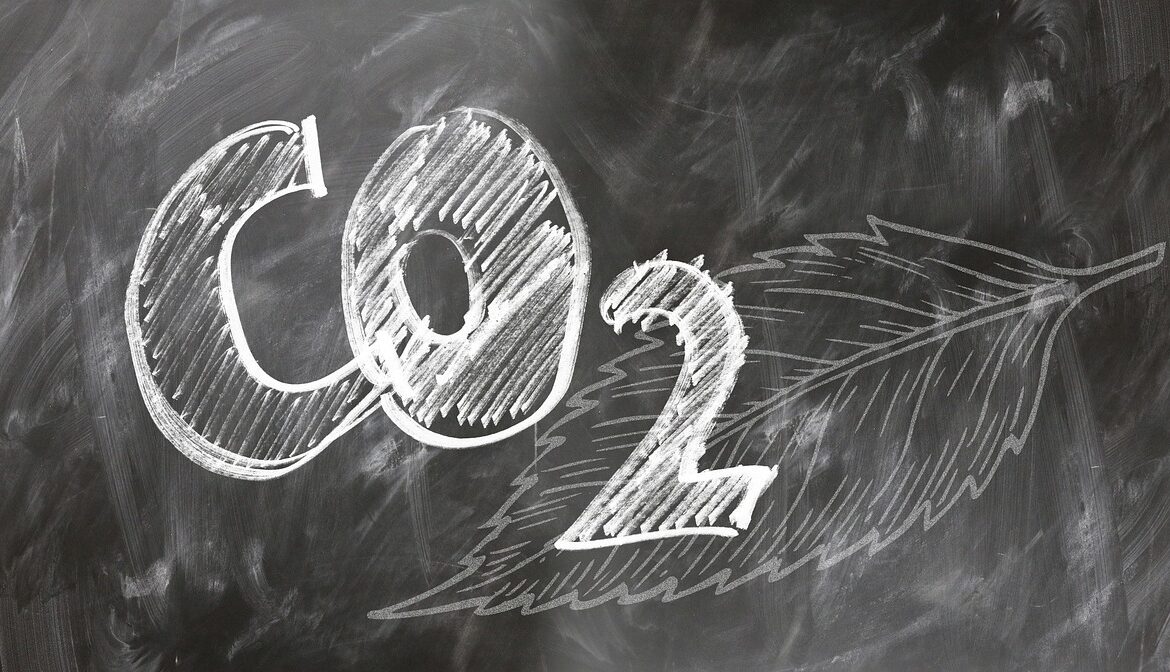
GHG Inventory Preparation and Carbon Neutral Assessments
Overview
Achieving global climate targets requires a comprehensive approach to managing and reducing greenhouse gas (GHG) emissions. Our GHG inventory preparation and carbon neutral assessments offer a strategic pathway for businesses and organizations worldwide to measure, manage, and mitigate their carbon footprint. By helping you understand your GHG emissions, we empower you to take actionable steps towards sustainability, while aligning with international standards such as the Greenhouse Gas Protocol, ISO 14064, and Science Based Targets Initiative (SBTi).
What We Offer
- GHG Inventory Preparation: We accurately quantify your emissions across all relevant scopes (Scope 1, Scope 2, and Scope 3) based on recognized international standards. This inventory becomes the cornerstone for setting and achieving sustainability targets.
- Carbon Neutrality Strategy: From setting reduction goals to implementing offset projects, we guide you through every stage of becoming carbon neutral. Our expertise covers a broad range of carbon offset strategies, including nature-based solutions, renewable energy projects, and innovative carbon capture technologies.
- Compliance & Certification: We ensure that your GHG reports are compliant with global standards and help you obtain certifications such as Carbon Neutral Certification, which boosts your brand’s credibility and sustainability image.
- Consultation for Global Markets: Whether you’re in manufacturing, technology, or services, we tailor our approach to fit the complexities of your industry and geographical location, ensuring your GHG inventory and carbon neutral strategy are globally relevant.
FAQs
Ans: A GHG inventory is a comprehensive account of all greenhouse gas emissions from your organization's activities, categorized into Scope 1 (direct emissions), Scope 2 (indirect emissions from energy consumption), and Scope 3 (other indirect emissions like supply chain impacts). It's crucial for tracking, managing, and reducing emissions in line with sustainability goals and regulatory requirements.
Ans: An organization can become carbon neutral by reducing its GHG emissions and offsetting any remaining emissions through verified carbon credits. This involves measuring emissions, setting reduction targets, and investing in projects that sequester or reduce carbon elsewhere, such as reforestation or renewable energy projects.
Ans: Key international standards include the Greenhouse Gas Protocol, ISO 14064, and PAS 2060 for carbon neutrality. These frameworks provide guidelines for measuring, reporting, and verifying emissions and neutrality claims.
Ans: Common carbon offset projects include renewable energy initiatives, afforestation and reforestation, methane capture from landfills, and carbon capture and storage (CCS) technologies. Nature-based solutions and projects focusing on community development are increasingly favored for their environmental and social co-benefits.
Ans: A GHG inventory should ideally be updated annually to track progress against emissions reduction targets. Regular updates help organizations stay on track, ensure compliance with regulations, and maintain transparency with stakeholders.
By partnering with us, you’re not just preparing a GHG inventory or achieving carbon neutrality—you’re setting a solid foundation for long-term sustainability and climate leadership. Whether you’re taking your first step or advancing an established program, we provide the expertise to ensure your success in the global climate arena.
